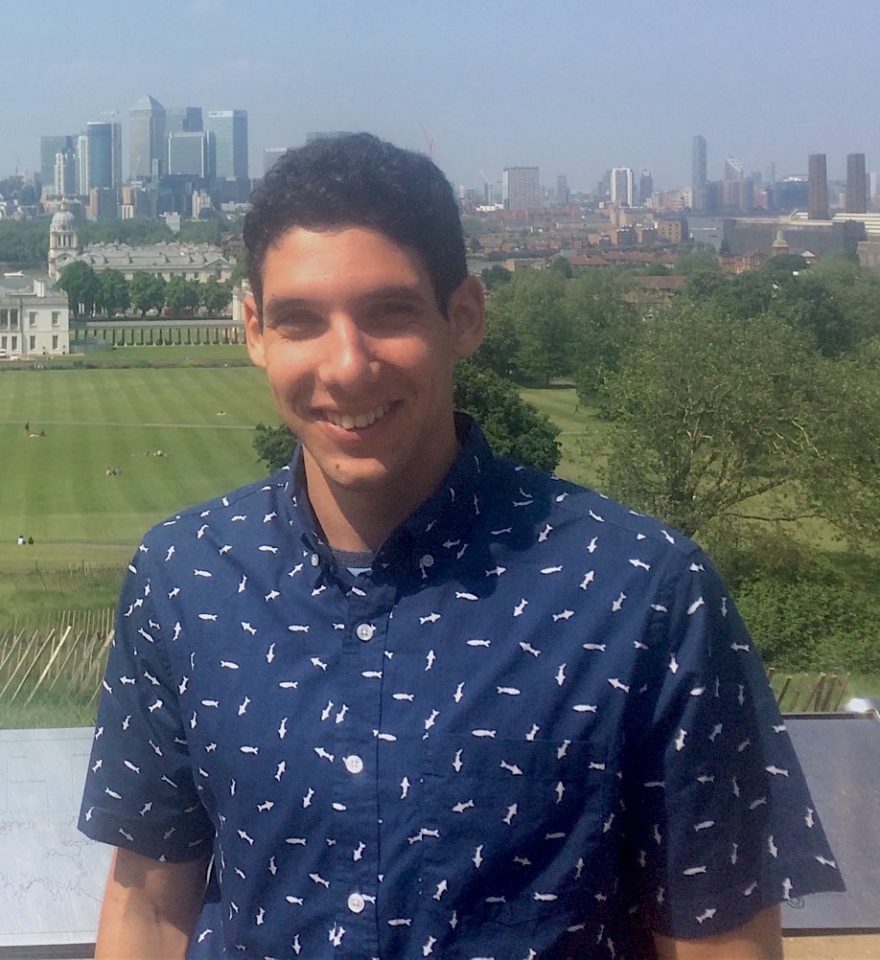IRES Seminar Series
Time: 12:30pm to 1:30pm (every Thursday)
Location: AERL Theatre (room 120), 2202 Main Mall
*********************************************************************************
Economic Analysis of Genomic Technologies used to Enhance Coho Broodstock
Abstract:
The selection of salmon broodstock can enhance certain biological traits over various generations and is made possible via the use of genomic technologies. Important information related to flesh quality and colour, disease resistance, growth rate, and feed conversion ratio, has been collected for coho salmon (Onchorhynchus kitsutch) and may be applied to breeding programs in British Columbia. Marker assisted selection (MAS) and genomic selection (GS) are two technologies that are useful in determining breeders based on genes directly controlling performance traits, rather than the phenotypic profile of the salmon. This study aims to quantify the net present value of these technologies, applied to coho salmon broodstock. I estimate the value of these genomic technologies by modifying the growth rate, mortality, flesh quality, and feed conversion ratio, and measure the change in net present value of the coho production. Results indicate that the value of the genomic technologies is around $15,000 per metric tonne of coho produced.
Nathan Bendriem
RES MSc Student
Bio:
Nathan is a Master’s student in the RES program and part of the Fisheries Economics Research Unit in the Institute of Oceans and Fisheries. His research focuses on conducting an economic valuation of genomic-based technologies applied to coho salmon fisheries and aquaculture. Prior to moving to Vancouver, Nathan completed his Bachelor’s of Arts in Marine Affairs and Policy at the University of Miami in Florida. He took a year off after graduating and worked with a non-profit organization called the Billfish Foundation and spent a couple of months working at NOAA as a research assistant.
_________________________________________________________________
Wayuu Ontology: a relationship between time, Wayuu people, and the non-human world
Abstract:
The Indigenous Wayuu people are an ethnic group of the Guajira Peninsula located in the northernmost part of Colombia and northwest of Venezuela. In the Wayuu worldview there are two notions of time: 1) The Wayuu sumaiiwa (or primordial order, origins of the world and trans-historic time), and 2) the A’wanajawaa (or transformative time). The relationships between the two notions of time transcend the Wayuu people in their worldview as they extend to the non-human world, including plants and non-human animals. This talk explores the main research question: How does the “person” get constructed in the contemporaneous Wayuu people and which other non-human beings are part of such construction? This talk would be a brief introduction to Weildler’s doctoral thesis, and the main purpose is to connect with other scholars interested in Indigenous worldviews.
Weildler Guerra Curvelo

Visiting Scholar
Bio:
Weildler Guerra Curvelo is a PhD Candidate in Anthropology at Universidad de los Andes (Bogotá, Colombia). At UBC, he is a Visiting Scholar with Professor Pilar Riaño-Alcalá (School of Social Work) for this semester. Weildler has an undergraduate degree and a master’s degree in Anthropology from Universidad de los Andes. He is and Indigenous Wayuu (an ethnic group from northern Colombia) from the Uliana Clan. Through his work, Weildler has explored the topics of maritime anthropology, cultural history of the sea, and in his doctoral dissertation he documents the Wayuu ontology and the relationship between the Wayuu people, time, and non-human others. He has authored multiple books and has served as a consultant and politician advocating for Indigenous Peoples’ cultural heritage protection. In 2017 he was appointed by former Colombian president Juan Manuel Santos as the interim governor of the Guajira province. Currently he is in charge of managing the Cultural Center of the Colombian National Bank in San Andrés (Banco Nacional de la República).

Photo Credit: Maggie Low, IRES PhD Candidate
